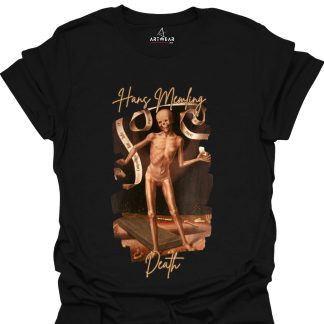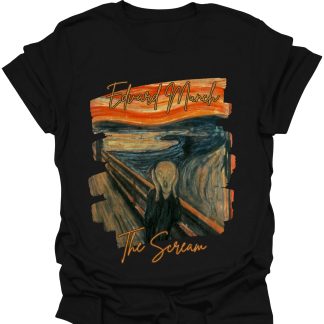
Leonardo da Vinci, born in 1452 in Vinci, Italy, epitomizes the Renaissance ideal of the polymath. His insatiable curiosity and inventive imagination left an indelible mark on a plethora of disciplines, from art and science to engineering and anatomy. The sheer breadth of his contributions to human knowledge and culture cements his status as one of history’s greatest geniuses.
The Artistic Mastery
Leonardo’s artistic prowess is best exemplified by his masterpieces such as “The Last Supper” and “Mona Lisa.” These works are celebrated not just for their aesthetic beauty, but also for their groundbreaking techniques. In “The Last Supper,” Leonardo employed a novel approach to perspective, creating a composition that draws viewers into the scene with an unprecedented sense of depth and realism. The “Mona Lisa,” with her enigmatic expression and masterful use of sfumato—a technique that allows tones and colors to shade gradually into one another—remains one of the most analyzed and admired paintings in history.
Scientific Exploration and Innovation
Leonardo’s genius extended far beyond the canvas. His notebooks, filled with detailed sketches and musings, reveal a mind constantly probing the mysteries of the natural world. He meticulously studied human anatomy, dissecting corpses to understand the intricacies of muscles, bones, and organs. These studies resulted in highly accurate anatomical drawings that were centuries ahead of their time.
In engineering, Leonardo conceptualized numerous inventions that were not realized until long after his death. His designs for flying machines, armored vehicles, and complex hydraulic systems showcased his forward-thinking approach and deep understanding of mechanics and physics. Although many of these inventions were never built, they provided a foundation for future technological advancements.
The Intersection of Art and Science
Leonardo’s ability to blend art and science was a hallmark of his genius. He approached scientific inquiry with the eye of an artist, keenly observing and illustrating the natural world with unparalleled precision. His studies of light, shadow, and human proportion not only informed his art but also contributed to his scientific endeavors. Leonardo’s Vitruvian Man, a drawing based on the correlations of ideal human proportions with geometry, exemplifies this intersection. It remains an iconic symbol of the blend of art, science, and the human form.
Philosophy and the Quest for Knowledge
Underlying Leonardo’s myriad accomplishments was a profound philosophy rooted in the pursuit of knowledge. He believed in the interconnectedness of all things and sought to understand the universe through observation and experience. His insatiable curiosity led him to study a vast array of subjects, including botany, geology, and fluid dynamics. This holistic approach allowed him to make connections that others might have missed, leading to innovative ideas and discoveries.
Legacy and Influence
Leonardo da Vinci’s legacy is immeasurable. His artistic techniques revolutionized painting, his anatomical drawings advanced medical knowledge, and his engineering designs foreshadowed future technological developments. Beyond his tangible contributions, Leonardo’s life embodies the Renaissance spirit of inquiry, creativity, and the relentless pursuit of knowledge. He continues to inspire artists, scientists, and thinkers, serving as a timeless reminder of the potential of human ingenuity.
In conclusion, Leonardo da Vinci’s genius lies not only in his extraordinary talents and achievements but also in his unique ability to transcend the boundaries between disciplines. His life and work remain a testament to the power of curiosity and the limitless possibilities of the human mind. Leonardo da Vinci was not just a product of the Renaissance; he was its quintessential embodiment, a true polymath whose influence continues to shape our world centuries after his time.






